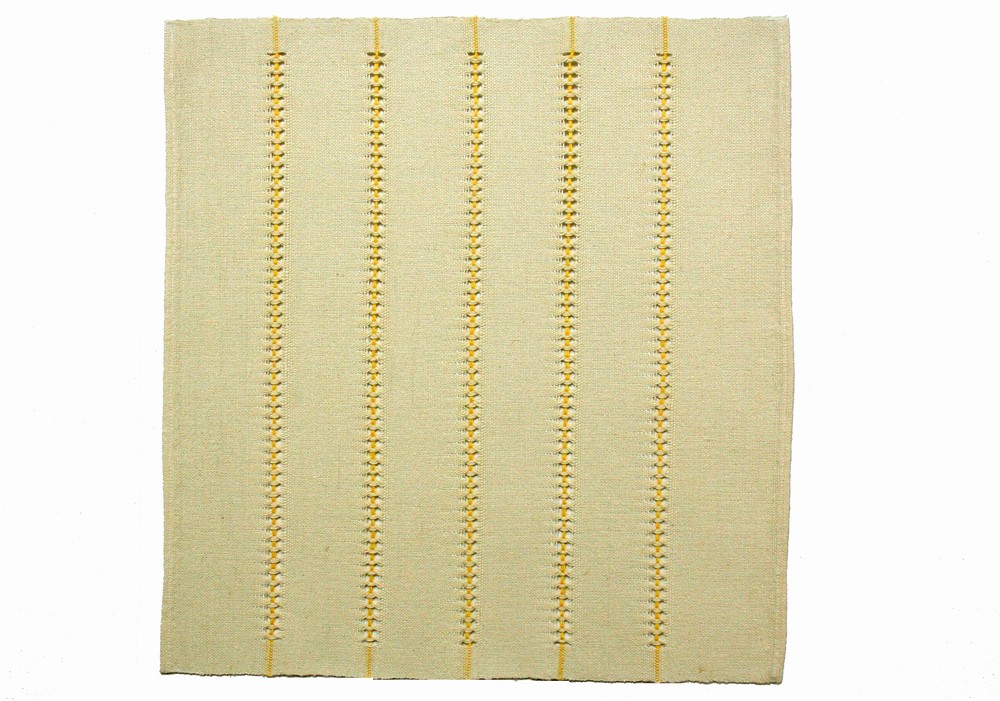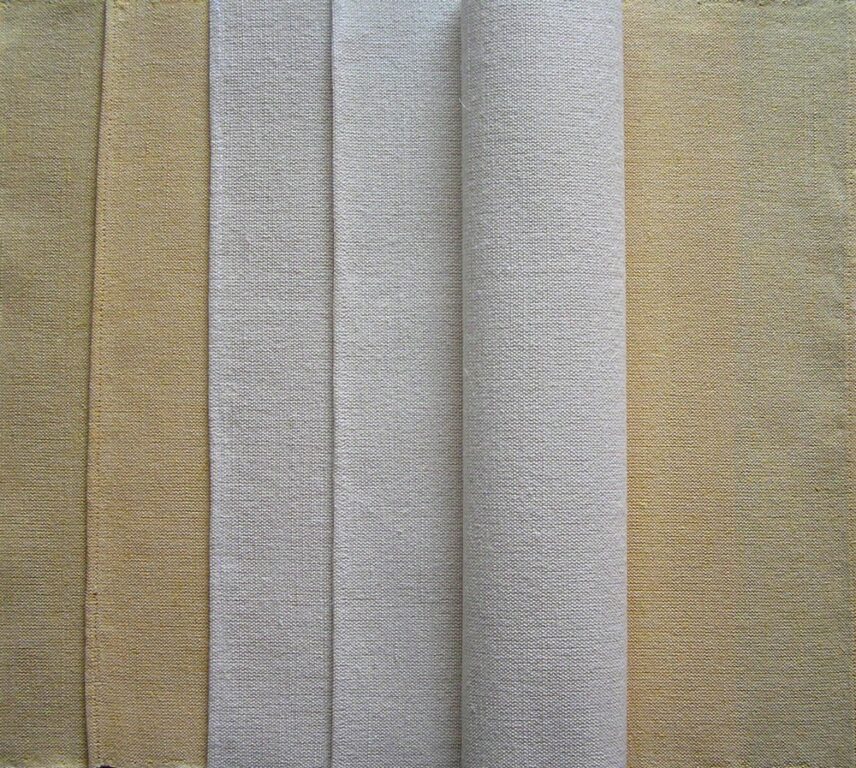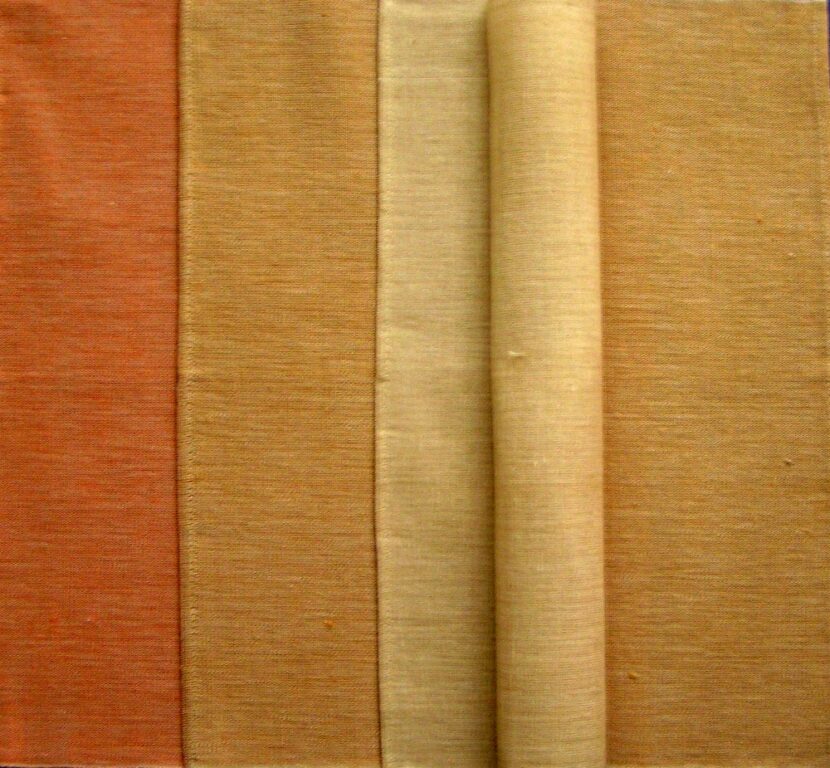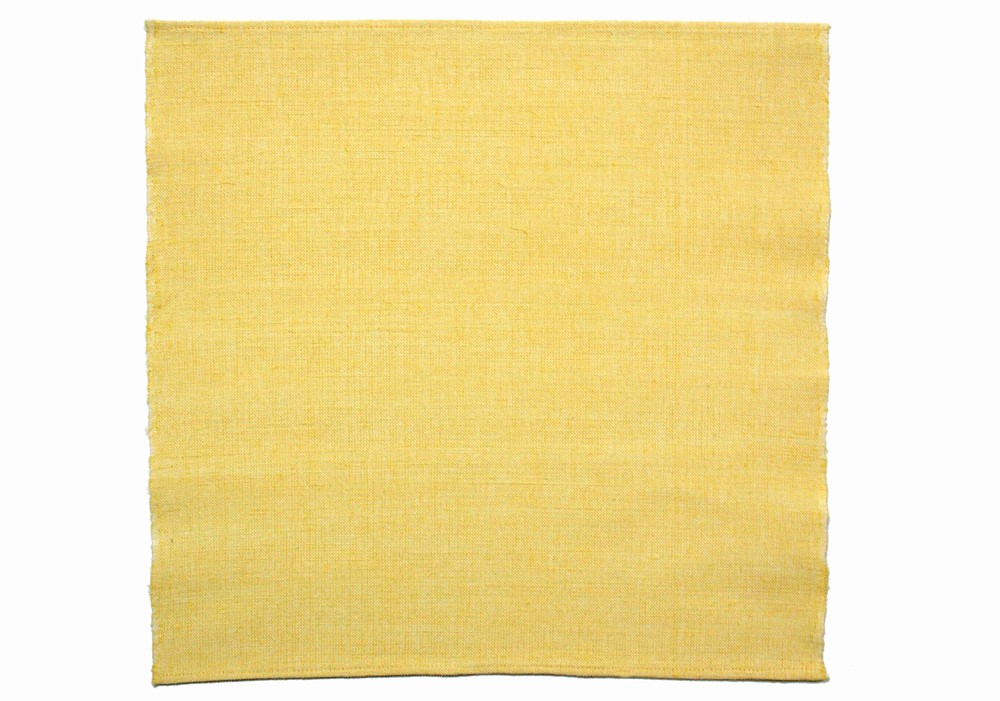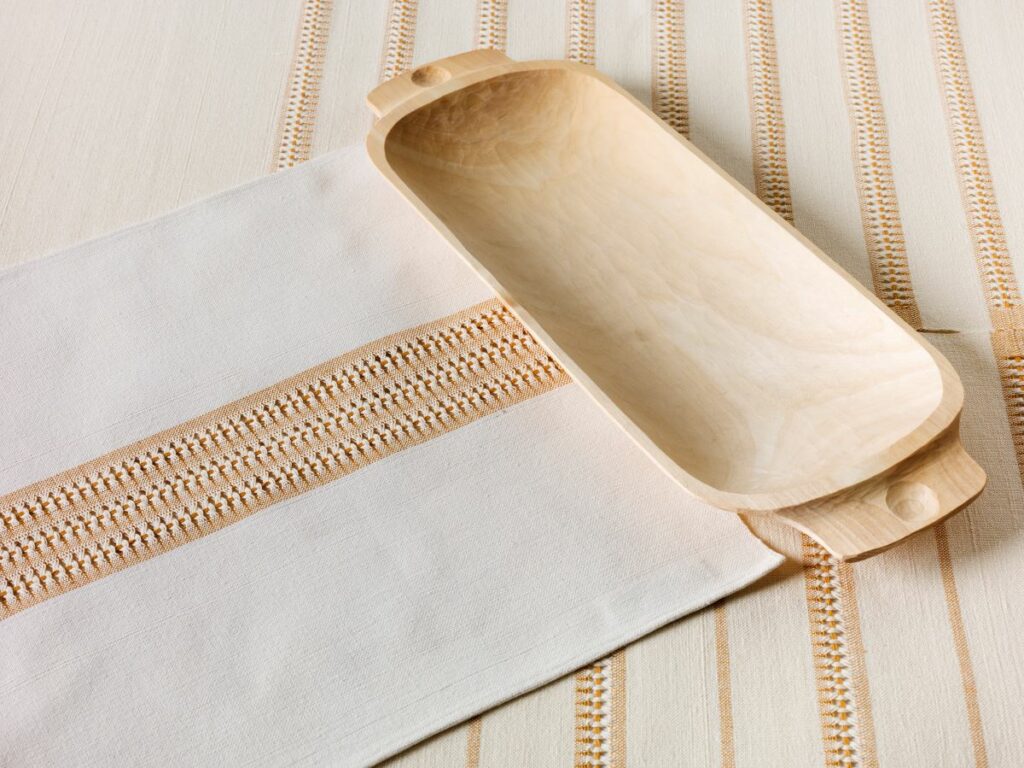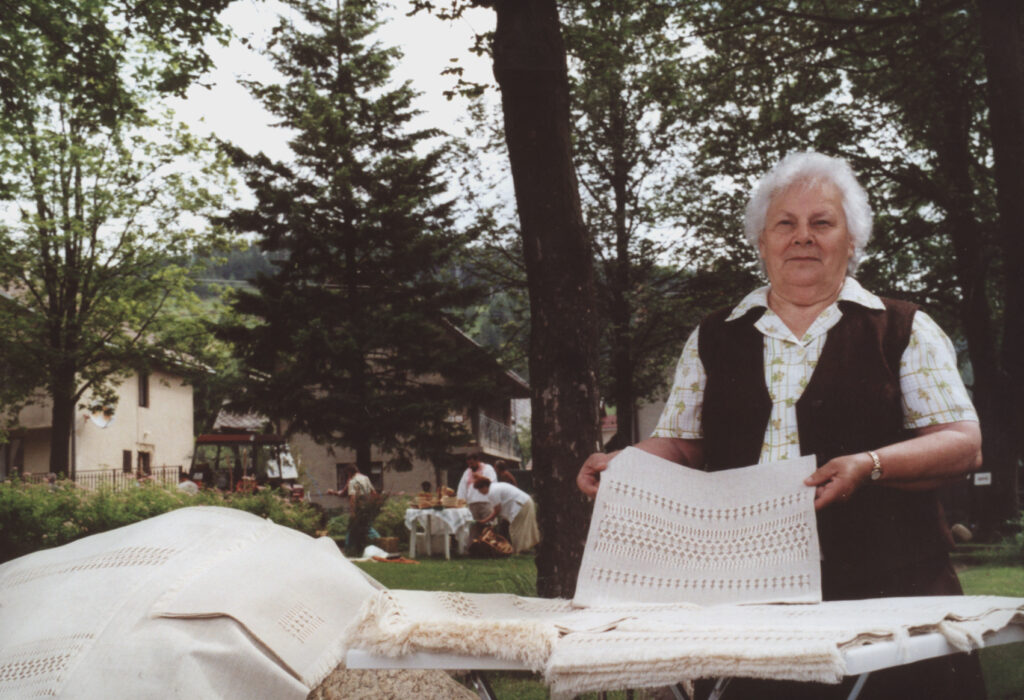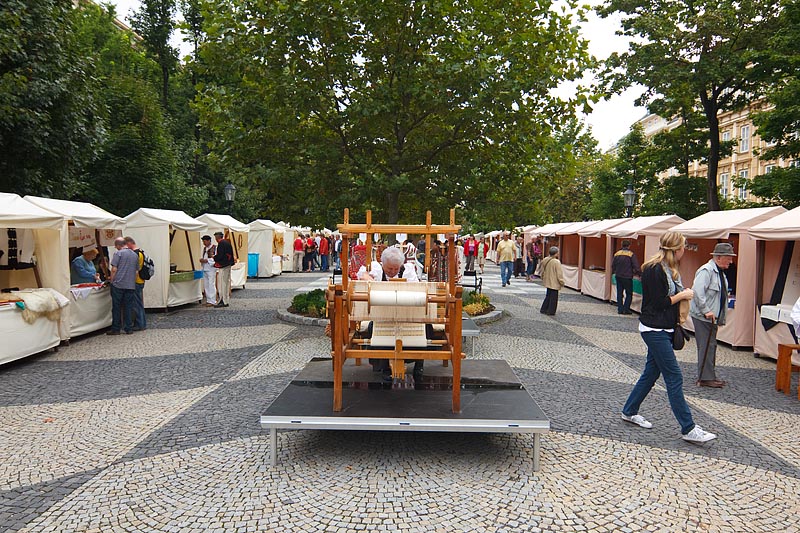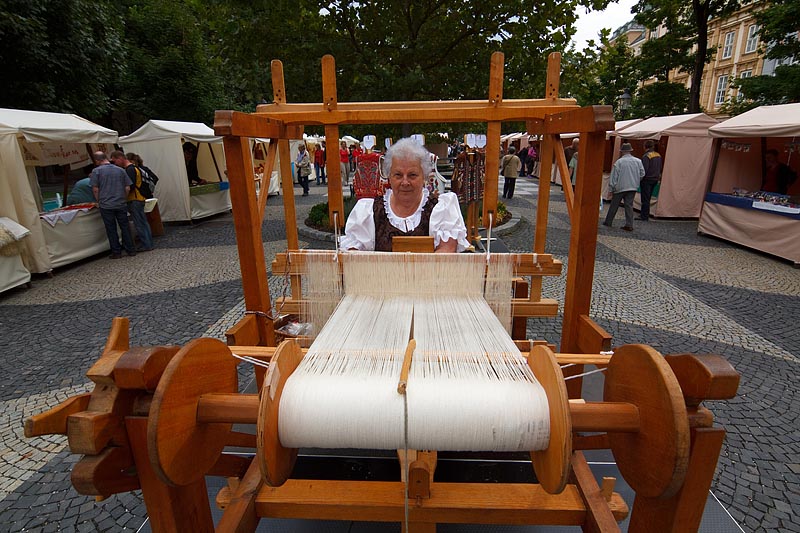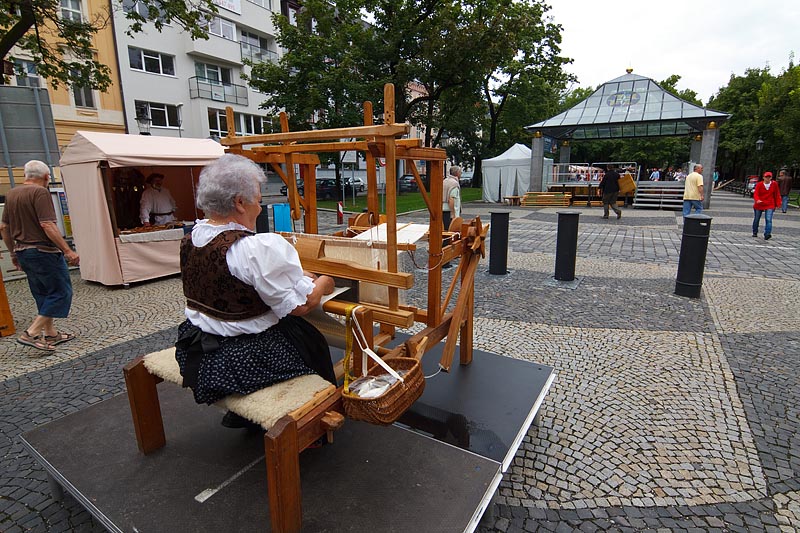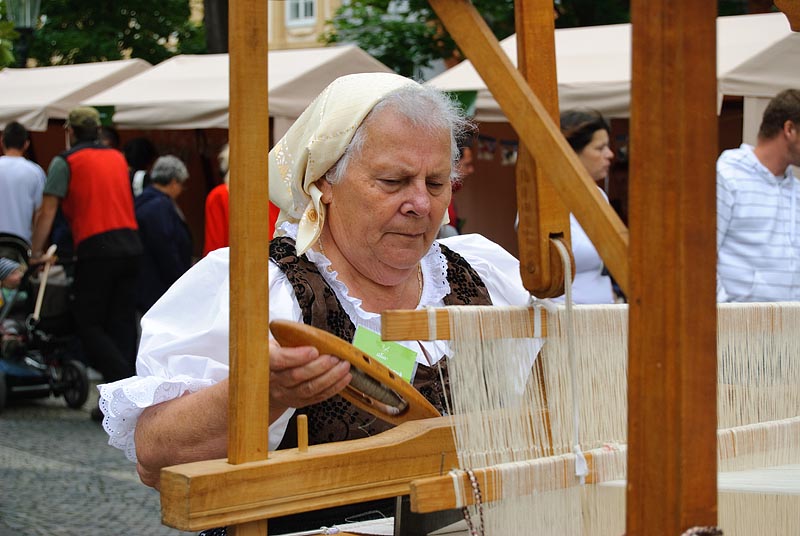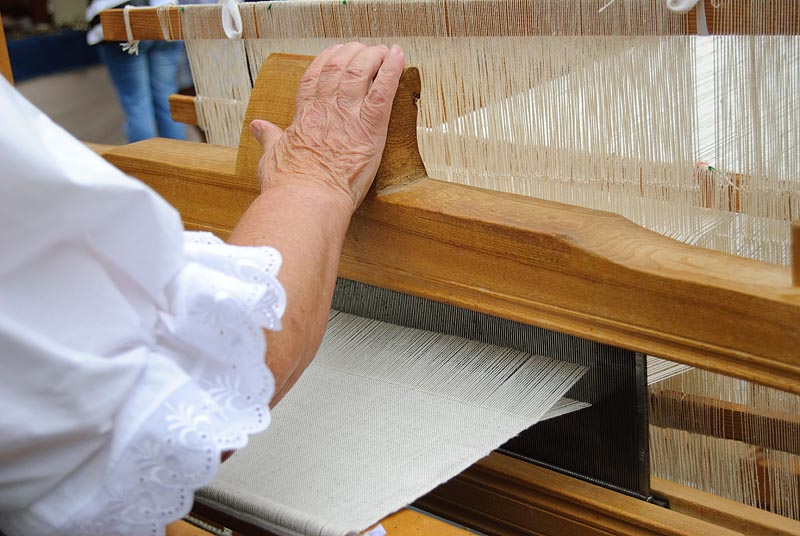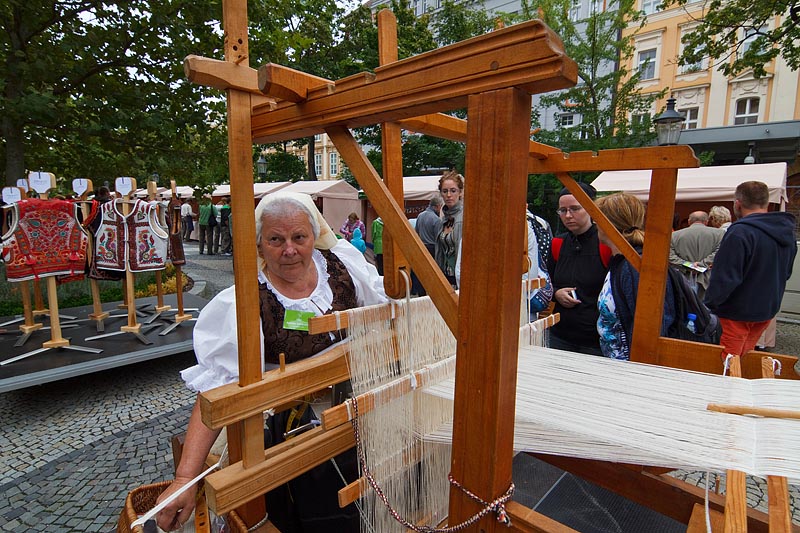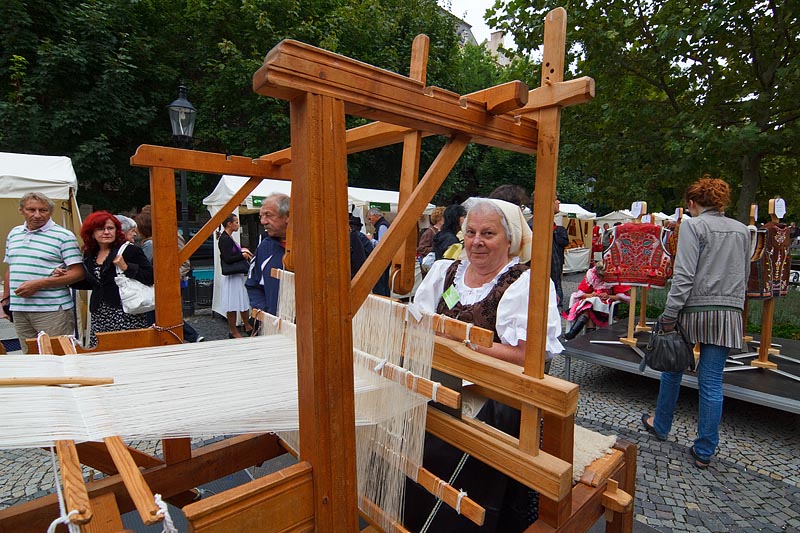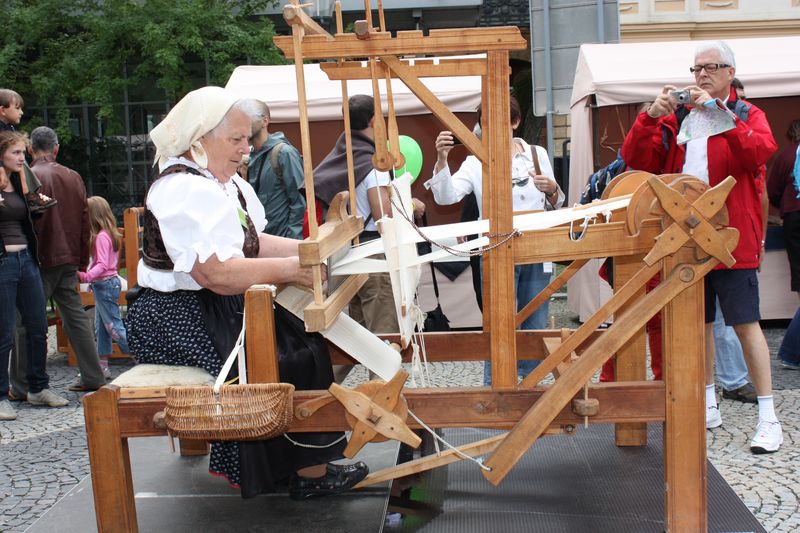Schönová Amália
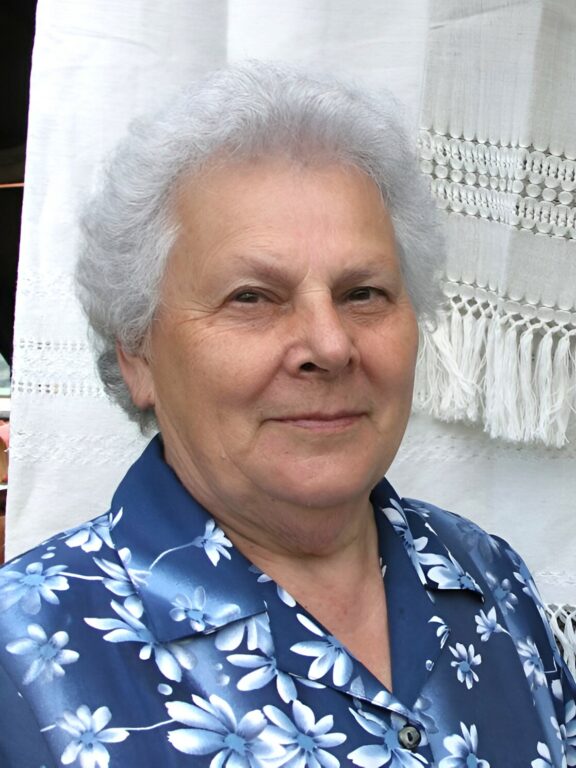
ÚĽUV master
ÚĽUV master
Schönová Amália
Craft
weaving
Material
textile
Place of work
Čierny Balog (okres Brezno), Banská Bystrica region
More about the producer
She grew up and lives in Čierny Balog, where weaving on looms was a common women's task. She learned all the techniques known in the region from her mother. Traditional balock fabrics were characterized by modesty in patterns and colors. Simple stripes (threads) of red, or blue, color grew into richer patterned motifs later on. After studying at a health...
Show more
Products approved by the Commission
Products approved for further expansion under the ÚĽUV trademark are documented and preserved in ÚĽUV funds.
Are you interested in the author's products?

Original author's products sold under the ÚĽUV brand. The products mostly come from a smaller workshop with limited production capacity. We ship products that are currently available within 5-14 days of receiving the order. If you are interested in a larger quantity of products than our current stock, we will be happy to discuss the delivery date with you individually. Selected products can only be picked up in person in our stores
